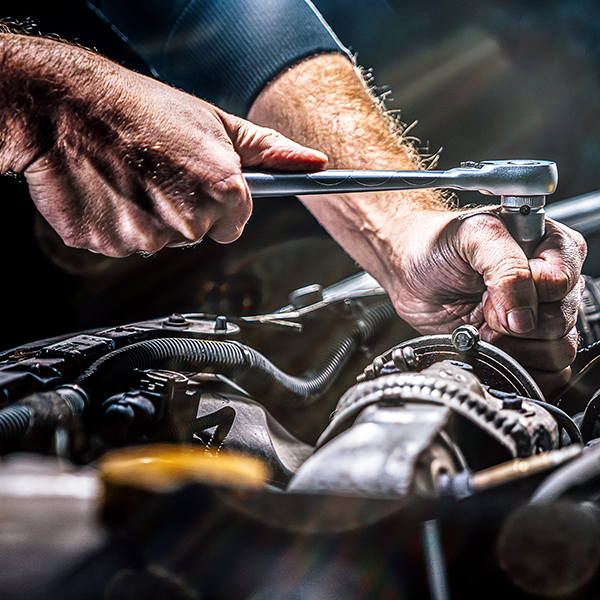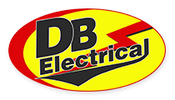Running an automotive repair shop is a tough business these days. Competition for customers is intense because consumers have many options for auto repair service. Repair shops face two pressures: 1) Staying competitive on pricing and 2) Delivering quality service that leads to repeat business. Price gets people in the door for service, but quality repairs determine whether or not a customer returns again. Many independent auto repair shops know a secret on balancing these two needs that can also benefit do-it-yourselfers who work on their own cars.
Costs challenging to control
In running an automotive repair shop, it’s important to know what can and cannot be controlled. Labor costs are difficult to control. Repair shops need to pay mechanics what the market demands; and, of course, more experienced mechanics demand a higher rate of pay. Opting for a more inexperienced mechanic at a lesser pay rate is often costly in terms of lower productivity on the job.
Costs easier to control
The cost of automotive replacement parts is easier to manage because there is a wide difference in price for these parts. If you purchase OEM parts from the original manufacturer, you will usually pay a premium price. In fact, OEM parts are often priced significantly higher than similar aftermarkets parts. It’s one reason why getting a car serviced at an automotive dealership where they always use OEM parts is generally more expensive than doing it at an independent repair shop.
Pricing difference between automotive OEM and aftermarket parts
To illustrate the pricing difference, let’s look at a couple examples. An online search conducted on May 28, 2021 revealed these prices. Let’s say you want to buy an alternator for a 2004 Pontiac Grand Prix. An online site selling GM parts priced the alternator at $221.57. A leading aftermarkets distributor listed the price at $115.36. Next, take a look at the difference in pricing for a starter for a 2007 Ford Taurus. The online site from Ford lists a price of $186.00, while the aftermarket supplier lists a price of $58.47.
Buying quality automotive replacement parts
Of course, product quality is just as important as price. Repair shops know that if the service does not meet each customer’s expectations, disappointment will quickly override any initial satisfaction with cost savings. The reputation of every repair shop rides on the quality of the replacement parts they install. Many shops develop a relationship with an aftermarkets parts supplier they trust for quality.
Finding quality replacement parts at a value price is the strategy that leading independent repair shops use to keep pricing competitive and customers pleased with the performance of their vehicles. Do-it-yourselfers can use that same strategy in keeping their repairs more affordable, too. Knowing the tricks of the trade can help businesses succeed and people save hard-earned money.


